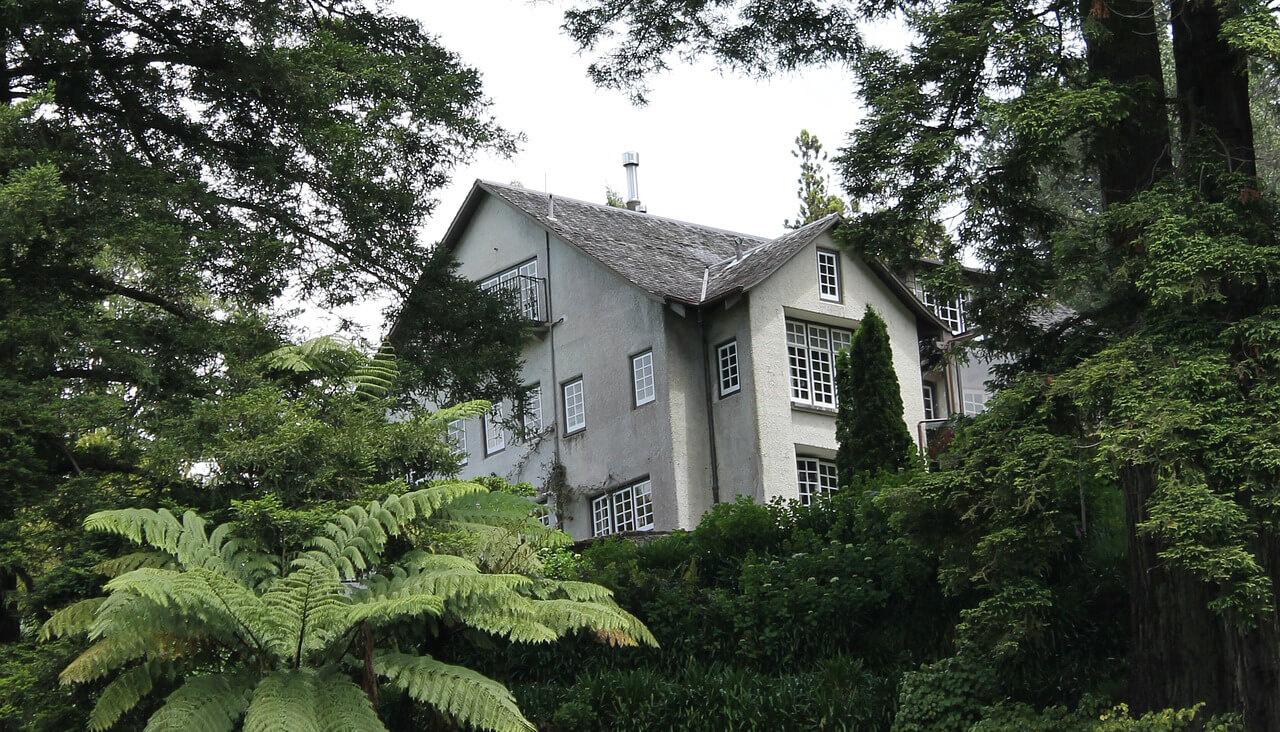A newer term in the scheme of the world’s history, historical homes rather than old homes were considered de rigueur during the early 1800s. There are several criteria to meet when considering buying or renovating a historic home. Usually, the home is at least a certain age which depends on which list you are considering yourself on, and when either buying or renovating the home should be in the same form it was when built. Of course, and not to be missed, an important requirement is that either a person of historical significance is associated with the home, the building is known for it’s interior or architecture, or if something of historically important occurred at the home.
Becoming a Historic Home District
As the United States ages, so do the homes it holds within its borders. More and more homes are being sited as historic in groups. This is a great boon to the neighborhoods as it usually leads to an increase in home values can also result in more development in nearby areas. This can continue to spread to other neighborhoods and increase the health of the area. But you will have to remember that there is always a risk when buying older properties as there could be unseen structural issues as well as limits as to what you can do or remodel.
Buying Historical Homes
There is a lot to do when buying a historical home, that starts with a full home inspection and getting price estimates from contractors for all the work you want to be completed in the home. You will want to make sure the home is safe and passes lead paint and asbestos tests. After those hurdles, you will want to see what types of standards and laws that your areas have towards historical homes and rebuilding/renovating them. When that’s all tackled it’s time to start renovating!
Renovating, remodeling, and additions … oh my!
 As I’ve mentioned time and time again, there are certain restrictions put on renovating or remodeling historic homes. Some items on your list like an addition may not happen as it would change the aesthetic nature of your historic home, which means what square footage you start with, is probably what you’ll end with. For other items such as a new roof, that might mean getting as close to the original type of roof as possible, the same goes for anything outside such as shutters and window types. However, what you can do to your historical home is to restore the grandness and the home-crafted style that was in yesteryear.
As I’ve mentioned time and time again, there are certain restrictions put on renovating or remodeling historic homes. Some items on your list like an addition may not happen as it would change the aesthetic nature of your historic home, which means what square footage you start with, is probably what you’ll end with. For other items such as a new roof, that might mean getting as close to the original type of roof as possible, the same goes for anything outside such as shutters and window types. However, what you can do to your historical home is to restore the grandness and the home-crafted style that was in yesteryear.
Good ways to Boost the Value
When renovating any home, you want to look at how much money you’ll get back on your investment. Even though historical homes might have a more stringent list of items you can do, there are always investments to be made. One such investment would be a period-correct garden to surround your home and frame it. Other investments may include replacing older garage doors or refinishing them, redoing the decking, and making investments in a security system. Whichever home you choose or remodels you do; you’ll be making the house a home to you! Enjoy!
